
Nestled between Indonesia and the Timor Sea, Timor-Leste (East Timor) is a nation where agriculture forms the backbone of its economy, employing over 70% of the population and contributing nearly 30% to GDP. Yet, this Southeast Asian archipelago faces a familiar paradox: fertile volcanic soils and a tropical climate hold immense potential, but outdated farming practices, fragmented landholdings, and labor shortages have kept yields low and food insecurity persistent. As Timor-Leste strives to build self-sufficiency and drive rural development, a quiet revolution is taking root—one powered by Chinese agricultural drones, transforming how farmers work and how the country feeds itself.
The Challenge: Feeding a Nation with Traditional Tools
Timor-Leste’s agriculture is defined by smallholder farms, with 85% of cultivated land split into plots smaller than two hectares. Farmers rely heavily on manual labor for tasks like planting, pest control, and fertilizer application—methods slow, costly, and prone to inconsistency. In a country where 40% of children under five face stunted growth due to malnutrition, boosting agricultural productivity isn’t just an economic goal; it’s a matter of national well-being.
Compounding these issues is the terrain: rugged mountains, dense forests, and seasonal downpours make large machinery impractical. Manual spraying of crops like rice, maize, and cassava exposes farmers to toxic chemicals, while uneven application leads to wasted inputs and lower yields. “We spend weeks spraying our fields, and still, pests eat half our harvest,” laments Domingos, a farmer from Baucau, one of Timor-Leste’s key agricultural regions. “Young people are leaving for cities—no one wants to do this hard work anymore.”
Enter Chinese Agricultural Drones: Precision Meets Adaptability
Against this backdrop, Chinese agricultural drones have emerged as a transformative solution. Engineered to address the unique needs of smallholder economies and challenging landscapes, these drones are more than just gadgets—they are tools redefining efficiency and sustainability.
Tailored for Timor-Leste’s Conditions
Chinese manufacturers have designed drones specifically for tropical environments like Timor-Leste’s:
-
Climate Resilience: With IP67防水 ratings and corrosion-resistant materials, these drones withstand high humidity, heavy rainfall, and dusty conditions common during monsoons.
-
Terrain Agility: GPS-guided flight systems and obstacle-avoidance sensors allow them to navigate steep hillsides and narrow rice terraces, reaching fields that were once inaccessible to tractors or hand labor.
-
Precision Application: Equipped with AI-powered sensors, drones analyze crop health in real time, adjusting spray volume to target pests or nutrient deficiencies—cutting chemical use by up to 40% and ensuring every drop counts.
Ease of Use, Big Impact
Critically, Chinese drones prioritize user-friendliness. Local farmers receive hands-on training in basic operation, while intuitive mobile apps let even non-tech-savvy users plan missions, monitor progress, and review post-flight data. “I learned to fly the drone in three days,” says Maria, a cooperative leader in Manufahi. “Now, my team sprays 50 hectares in a morning—something that used to take a week.”
Real Results: Drones Transforming Farms and Lives
In Timor-Leste’s Ermera Province, a region famous for coffee and rice, a pilot program with Chinese drones has yielded striking results:
-
Yield Gains: Rice farmers using drones for targeted pesticide application saw a 20% increase in output, thanks to healthier crops and reduced damage from blight.
-
Labor Savings: Coffee plantations cut spraying labor costs by 60%, redirecting savings to invest in better seeds and irrigation.
-
Environmental Wins: Precision spraying reduced chemical runoff into rivers, protecting local water sources and supporting biodiversity.
For smallholders like Domingos, the drones have been life-changing. “My son came back to help after seeing how easy the drone is to use,” he shares. “Now we’re not just surviving—we’re planning to expand our farm next year.”
Beyond Hardware: Building Local Capacity
Chinese drone exporters to Timor-Leste go beyond selling machines—they invest in long-term partnerships. On-the-ground technical teams provide ongoing support, while workshops train local technicians to repair drones and troubleshoot issues, ensuring minimal downtime during critical planting or harvest seasons. Spare parts are stocked locally, avoiding delays that could ruin a growing cycle.
This focus on capacity-building aligns with Timor-Leste’s goal of fostering homegrown agricultural innovation. By empowering locals to manage drone fleets independently, China’s drones aren’t just tools—they’re catalysts for self-reliance.
A Shared Vision: Feeding Futures, Together
The adoption of Chinese agricultural drones in Timor-Leste is part of a larger story: technology as a bridge between nations. For Timor-Leste, it’s a leap toward food security, reduced poverty, and a younger generation rediscovering pride in farming. For China’s drone industry, it’s an opportunity to share expertise in precision agriculture and contribute to global sustainable development.
As Timor-Leste looks to double its agricultural output by 2030, drones will play a pivotal role—planting seeds of efficiency, spraying hope for healthier crops, and flying the flag for what’s possible when innovation meets need.
In the end, these drones aren’t just crossing borders—they’re cultivating a future where tradition and technology grow side by side, feeding families and fueling progress, one field at a time.
This article emphasizes how Chinese agricultural drones address Timor-Leste’s unique agricultural challenges, highlighting adaptability, economic impact, and collaborative growth—all while keeping the focus on the technology’s role in empowering local farmers.


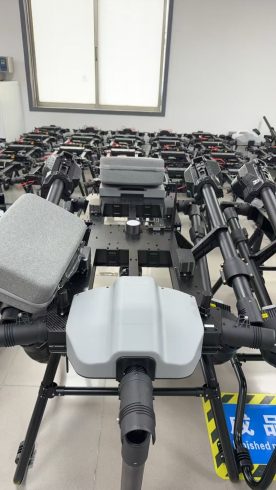
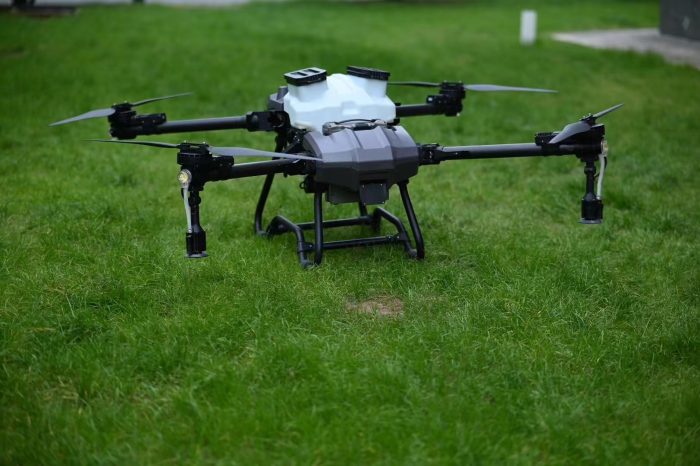

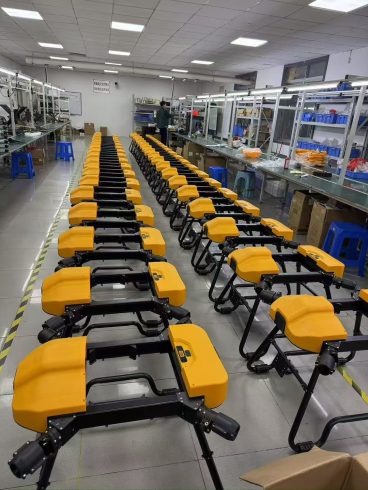
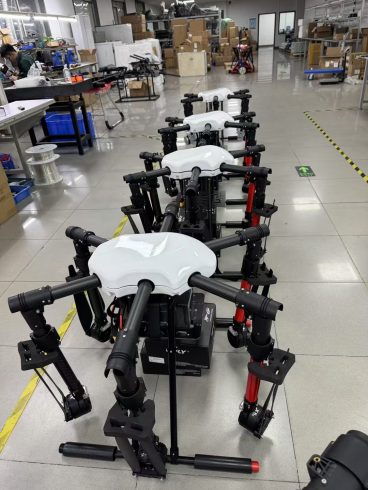

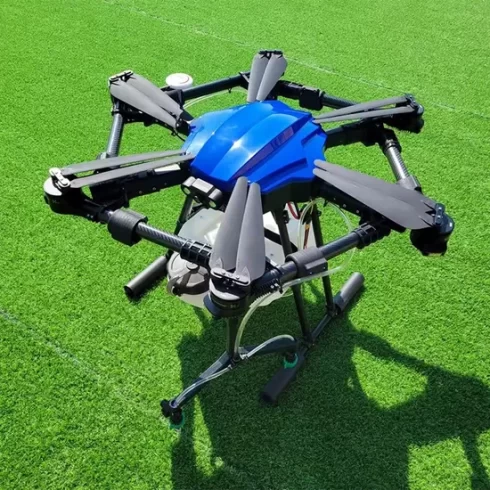


暂无评论内容